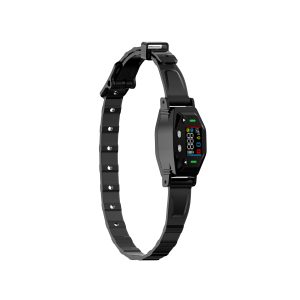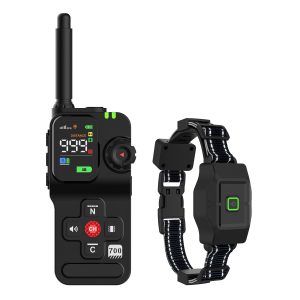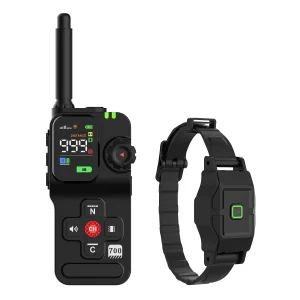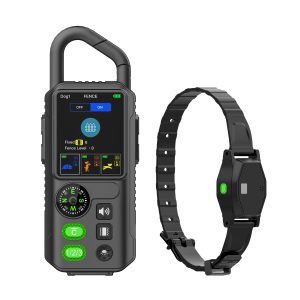The Unseen Dangers of GPS Wireless Dog Fences
GPS wireless dog fences have gained popularity in recent years as convenient options for pet owners concerned about their dogs wandering off. However, a dark side looms that many overlook—a fence that zaps dogs randomly without a clear perimeter.
While the idea of using GPS technology to establish virtual boundaries sounds promising, the reality is far from ideal. Instead of gentle warnings or consistent boundaries, some devices shock dogs unpredictably, causing confusion, fear, and sometimes even physical harm.
One might ask: How can a device designed to keep pets safe actually pose a threat to their well-being? The answer lies in the unreliable nature of these “fences,” which fail to provide consistent warnings or deterrents.
Imagine your furry companion innocently exploring your backyard, only to be abruptly zapped without warning. The randomness and lack of clear boundaries turn what should be a safety precaution into a source of anxiety and distress for your pet.
Advocates of GPS wireless dog fences argue that they provide freedom and security for pets while allowing them to roam within set boundaries. However, the reality is that these devices often fail to deliver on their promises, leading to unintended consequences.
As responsible pet owners, it is crucial to weigh the risks and benefits of any containment system we choose for our beloved companions. While the idea of an invisible fence may be appealing, it’s essential to consider the potential harm it could cause to our four-legged friends.
At the end of the day, the well-being and safety of our pets should be our top priority. Let’s think twice before relying on technology that promises convenience but may deliver unintended and harmful consequences.




